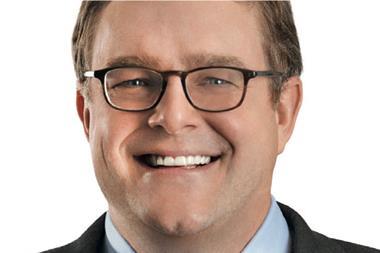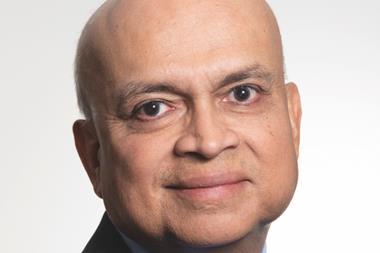Philips Pensioenfonds has decided to cap indexation for pensioners at 4% in 2023. The pension fund is introducing the indexation limit to make it more likely to move to the new defined contribution (DC) system in 2026 with a funding ratio of at least 110%.
From now on, the €18bn pension scheme of the Dutch electronics firm will base the maximum indexation it can grant each year on the funding ratio at the end of the previous year, as well as on the number of years left to the fund’s planned transition date to the new pension system, 1 January 2026.
At the end of 2022, the fund’s funding ratio stood at 128.8%. According to prudential rules, the fund would be allowed to increase pensions by 5% this year, but based on its new, more stringent rules, it will only index pensions by 4%.
The scheme’s new framework does not apply to active members. Their indexation depends on wage increases set in the Philips collective bargaining agreement. This year, wages at the firm will rise by just 2.1%.
Pensioenfonds Philips already decided last year to evaluate its indexation policy because of the exceptionally large difference in indexation in 2022 between pensioners and inactive members (who received 7.4% indexation last year) on the one hand and active members on the other.
“Unnecessarily cautious”
The Federation of Philips Pensioners’ Associations (FPVG) considers the pension fund’s indexation decision “unnecessarily cautious”, according to a statement on its website.
“However, we are content with the fact that they did not decide on 2.1% indexation for all participants,” the FPVG added.
In response to questions from IPE, Philips Pensioenfonds emphasised that the indexation cap does not guarantee that its target funding ratio of at least 110% in 2026 will be achieved.
With the new policy, the fund still risks falling below the 110% target. “It’s still possible if investment returns disappoint,” a spokesperson said.
Solidarity buffer
The target funding ratio of Philips Pensioenfonds could be raised at a later stage if social partners decide to add a solidarity or risk-sharing buffer in the new pension system. In that case, the maximum indexation than can be awarded would also have to be lowered.
This article was first published on Pensioen Pro, IPE’s Dutch sister publication.


















